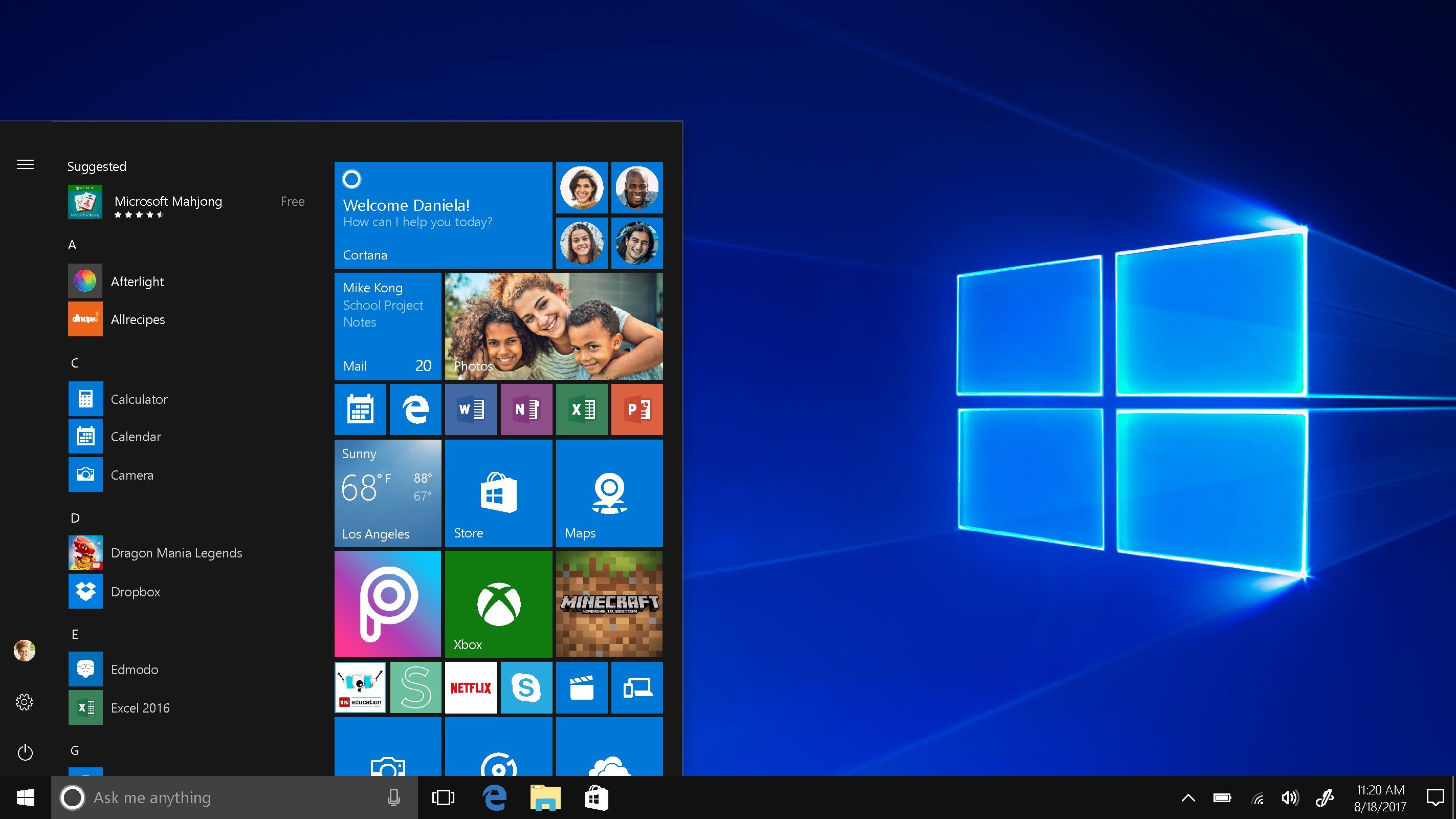Note: Some versions of Windows 10 may not show all the following settings.
Sure, Windows 10 comes with some built-in security features like Windows Defender. But this should not be seen as a cure-all for all the dangers of today’s internet. Instead, consider these tips for upping your Windows security even more.
1. Use a password rather than a PIN for local accounts.
Whether you use a local account or a Microsoft one, make sure you use a strong, alphanumeric password.
2. You don’t have to link your PC to a Microsoft account.
Create a local account instead. This prevents sharing data about local accounts, though at the expense of being able to share data across devices.
How: Settings > Accounts > Sign in with a local account instead
3. Randomize your hardware address on WiFi.
Enabling random hardware addresses reduces a user’s exposure to tracking across different WiFi networks. Note: not all devices support this function.
How: Settings > Network & Internet > Wi-Fi
#security #windows #cybersecurity #operating-systems #windows-security #privacy #hackernoon-top-story #windows-10
